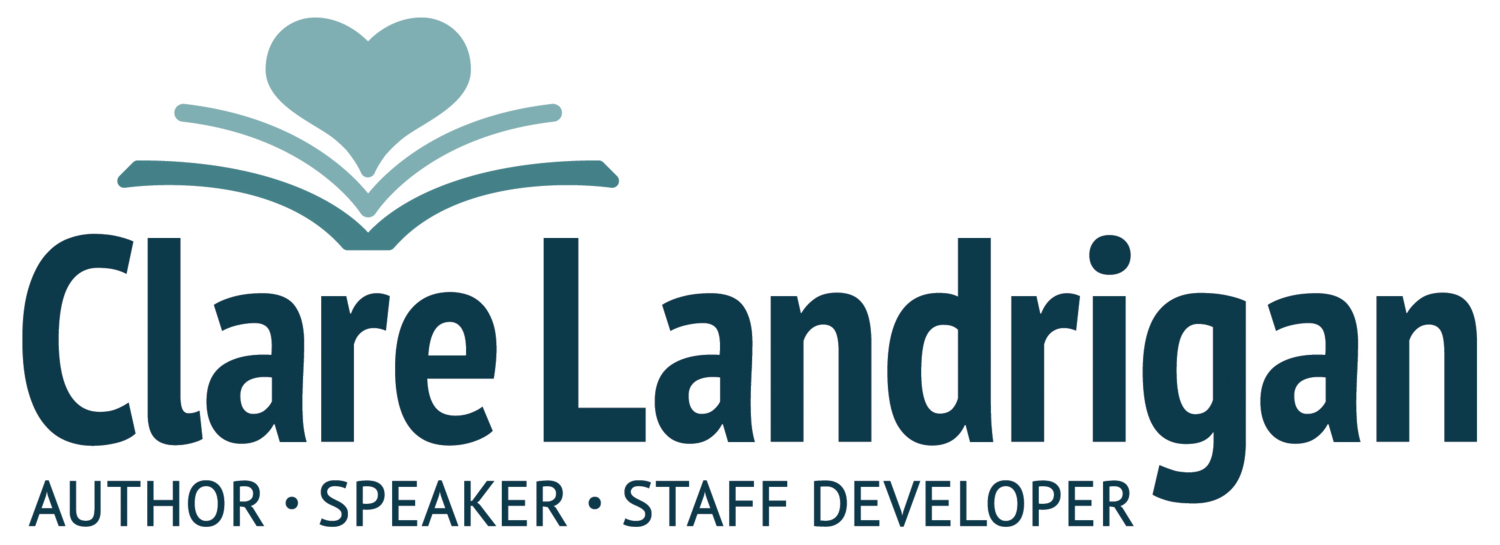My Zone of PD Welcome to Writing Workshop #CyberPD #IMWAYR
I spent a lot of time thinking about chapter 10. How to teach spelling, grammar and conventions in a workshop model is a question on the minds of many teachers. How do you balance voice and mechanics? How to motivate writers and hold them accountable to apply what they know? Stacey and Lynne provide many resources and tips to help teachers find a balance.
They emphasize the strategic use of conventions, spelling and grammar. I have found this type of instructional approach more effective than teaching rules. If we want them to apply their knowledge when they are writing authentically, we need to make sure they understand the purpose of grammar, conventions and spelling. Ellipsis taught me this lesson …
I have yet to meet a five-year-old who has studied Mo Willems, Ezra Jack Keats or Jan Thomas and doesn’t use an ellipsis appropriately. They love ellipses.
I have been observing, talking, asking, listening, playing with, and noticing this phenomenon. Why ellipses? Isn’t it simpler to know when to put a period than an ellipsis? Isn’t a period more common? Shouldn’t a period be more familiar to them? I think the answer to each question is … YES. So, what’s up with an ellipsis?
I think what sets it apart is its purpose and how it is taught. Ellipses are not typically taught as a convention or a rule. They are not something you check for or have to remember. An ellipsis is a craft. It is a move a writer makes to add tension or to signal the reader to pause. An ellipsis adds meaning to your writing and allows the writer to decide when he or she wants to create this mood or feeling in the text.
When I confer with a young writer and add the “Dun, Dun, Duuuun” to his story, his eyes light up and a huge smile spreads across his face. Young writers see the power in this craft and they are off and running. Now with all things, there is often an initial over-application of use. What is interesting to me, is that while overused, they are still using ellipses in the appropriate spots in their writing. They know how they want to use them and they execute effectively. In fact, they let you know it if you read it incorrectly.
So, what I have I learned from ellipses?
Teach punctuation and conventions as crafts rather than rules. When students know why they are using a convention or how a convention adds voice to their writing, they seem to pay more attention to the use of them. All writers want to make their writing better and they know that using crafts is the way to do it. When we study mentor texts and mentor authors, let’s include how they use conventions. When we design our units, let’s launch sometimes with conventions rather than wait until the end. When we plan our instruction, let’s make sure conventions are taught in the same way we teach leads, endings, word choice, and dialogue. When we notice the power of conventions, how they add mood, tone, tension or intrigue, our students notice them as well.
I have been trying this with young writers and I am seeing it pay off. When we value it and we show them how an audience will value it, they seem to slow down and choose the convention they need to add voice to their writing.
Stacey and Lynne provide a list of mentor texts for students to study the craft of grammar, conventions and spelling. What better way to engage our writers than to show them the power of these types of craft moves!
Happy Learning!




